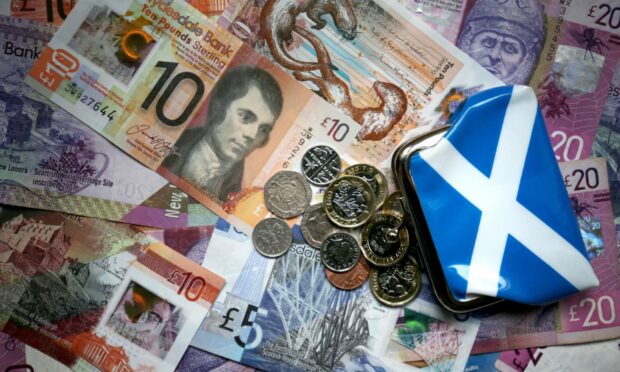Politicians are often accused of two things: spending taxpayers’ cash like water, and paying more attention to the PR impact of their plans than whether they actually have the desired effect.
In an era where public money is tight – the recent Gers figures put Scotland’s annual deficit at a staggering £36 billion – there’s all the more reason for the funds available to be made to work harder, and that the focus on outcomes rather than inputs is intensified.
To this end, I was delighted to publish a report by my think tank Reform Scotland this week that proposes a smart, innovative, low-risk way for government to make sure it maximises the bang for its (or our) buck.
Social impact investment is a buzzy, newish way of allowing the public, private and third sectors to work together to make a difference to some of the most intractable problems in our society. Cheaper and fairer than PFI, more socially conscious, and more tightly incentivised to ensure targets are achieved, it is now utilised by forward-thinking governments across the world, including in the Netherlands and Belgium. Oxford University has a unit called the Go Lab dedicated to progressing these kinds of deals.
Simple idea of Social Impact Investing
The idea is a simply one, and is based on the collaboration of three partners. The first, the delivery partner, will usually be an organisation in the social sector that will design and deliver a service in the community such as tackling homelessness, mental health or unemployment. The investment partner, who might be a private individual, a philanthropic foundation or institutional investors, provides the capital to cover the cost of the project in the first instance. Finally, the outcome partner, which will often be the government, agrees a set of outcomes with the delivery partner and when they are achieved it pays back the investment partner’s costs with added interest.
Scotland has dallied a little with social impact investment, but it could do much more.
The key fact in all this is that if the service fails, the taxpayer doesn’t have to pay. That risk is taken on by the investor. Because the project is outcome-focused, those managing it can adapt their practices and approaches if this is needed to ensure targets are met.
Scotland has dallied a little with social impact investment, but it could do much more – its potential has already been demonstrated by, for example, the Living Balance Service at the YMCA in Perth.
Under this project, the YMCA committed to support at least 100 unemployed, disengaged young people per year over a three-year period. The agreement was that at least 60 of the annual participants would secure and sustain employment, further education or training. Private investors put up £300,000 to cover the initial cost, and the Department of Work and Pensions paid a fee for each person who reached the agreed outcome. Those fees were then used to repay the original investors with 7% interest.
So the DWP only paid for outcomes that were achieved, after they were achieved. Where it didn’t work, the taxpayer didn’t pay.
An indication of how attractive these local projects can be comes from the fact that 85% of those who invested in the Living Balance Service lived in the Perth and Kinross area and contributed between £5,000 and £50,000 each. Despite the fact that the participants often had drug or alcohol problems, poor mental health, criminal records, or were homeless or were involved in the care system, 77% achieved one of the desired outcomes.
Making a difference is a great incentive
One of the investors pointed out that he could have made higher returns in the private sector, but said that “we decided to invest in the Living Balance Service primarily because the funds were to be used in supporting young folk in Perthshire, including some from our locality in Aberfeldy. We earnestly believed that this project would make a difference to many young folk and what greater incentive to invest our funds?”
As we try to find ways to support our communities during a period which, post-Covid, will see rising demand on the public purse even as we try to pay down our debts, wouldn’t it be good to see the Scottish Government pilot some fresh thinking that brought out the best in all of us?
Not only did many of the investors indicate they would in future support similar projects, but 90% donated the interest they received to local charities.
I spend a lot of time with business people and I find that the more successful they are the keener they usually are to give something back. Many donate heavily to charity, but they retain a suspicion about the effectiveness of government spending. Social impact investment is the kind of clever and ambitious public policy that would appeal to them.
As we try to find ways to support our communities during a period which, post-Covid, will see rising demand on the public purse even as we try to pay down our debts, wouldn’t it be good to see the Scottish Government pilot some fresh thinking that brought out the best in all of us?
“Investing for Good: Why Social Impact Investing is Right for Scotland” can be read at www.reformscotland.com
Chris Deerin is a leading journalist and commentator who heads independent, non-party think tank Reform Scotland
